Discover the importance of gender equality in development. Learn how to support women's empowerment through volunteering with GVI. Read more now.
Petrina Darrah
Posted: May 13, 2023

Petrina Darrah
Posted: September 9, 2022
6 min read
Madagascar is GVI’s newest base – the first volunteers and interns arrived on the island of Nosy Be on 6 August 2022.
This tropical island destination, found off the northwestern coast of Madagascar, is home to long stretches of white-sanded beaches and endemic species found nowhere else on the planet. Madagascar is a magnet for adventurous travellers passionate about the natural world. Nosy Be in particular is taking shape as a hub for conscious travellers ready to volunteer in Madagascar and roll up their sleeves to support important community and conservation projects.
Here’s a look at how life on base in Madagascar is going.
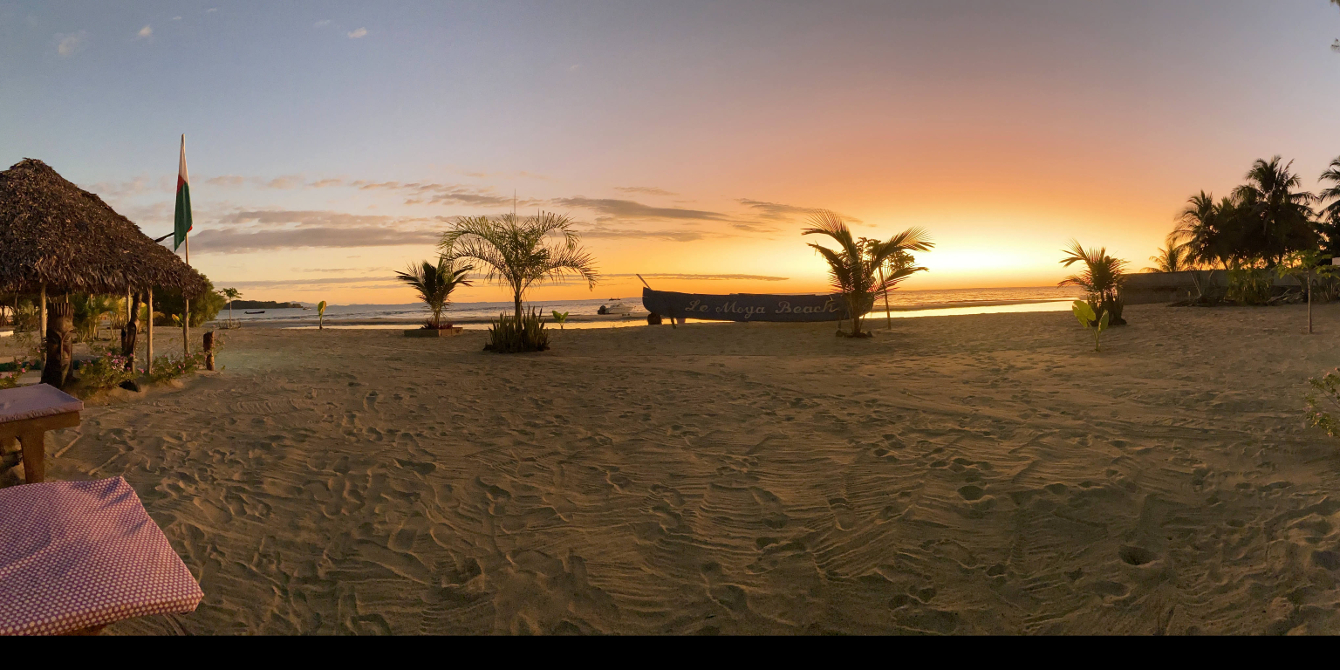
We chose to set up our Madagascar volunteer base on the perfumed island.
We considered many different locations before settling on the island of Nosy Be. The Nosy Be area is dotted with smaller islands and islets, and several national parks and protected areas. It’s an ideal location to volunteer in Madagascar.
Nosy Be is sometimes called the perfumed island because of the rich scent emanating from the ylang-ylang plantations.
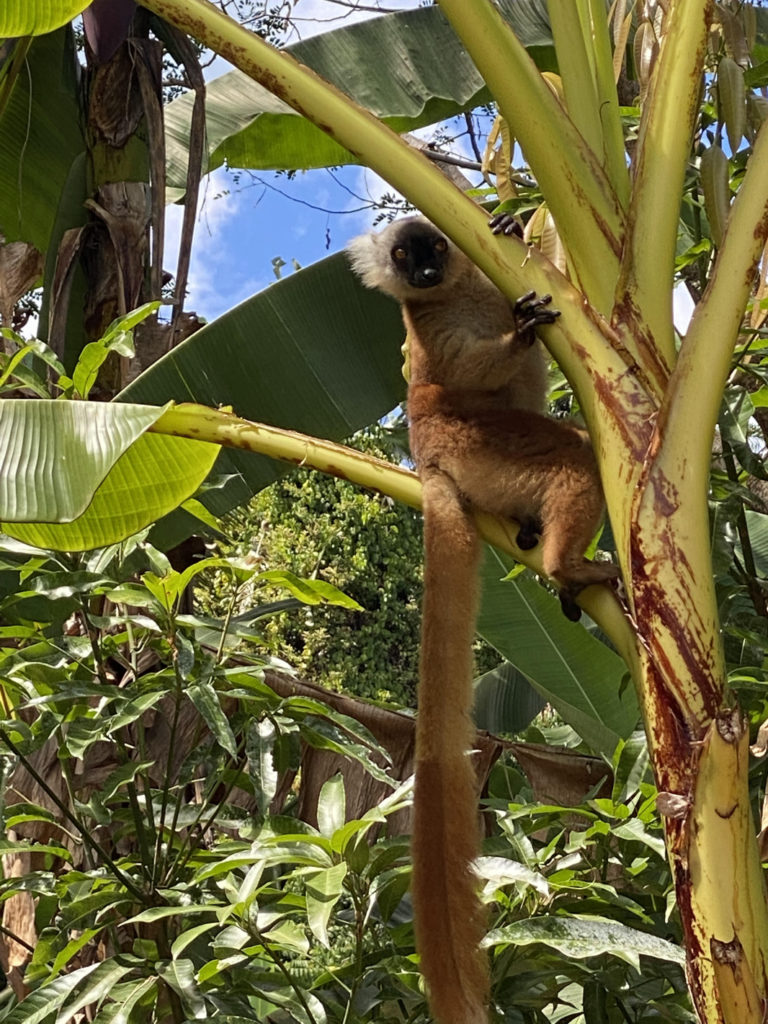
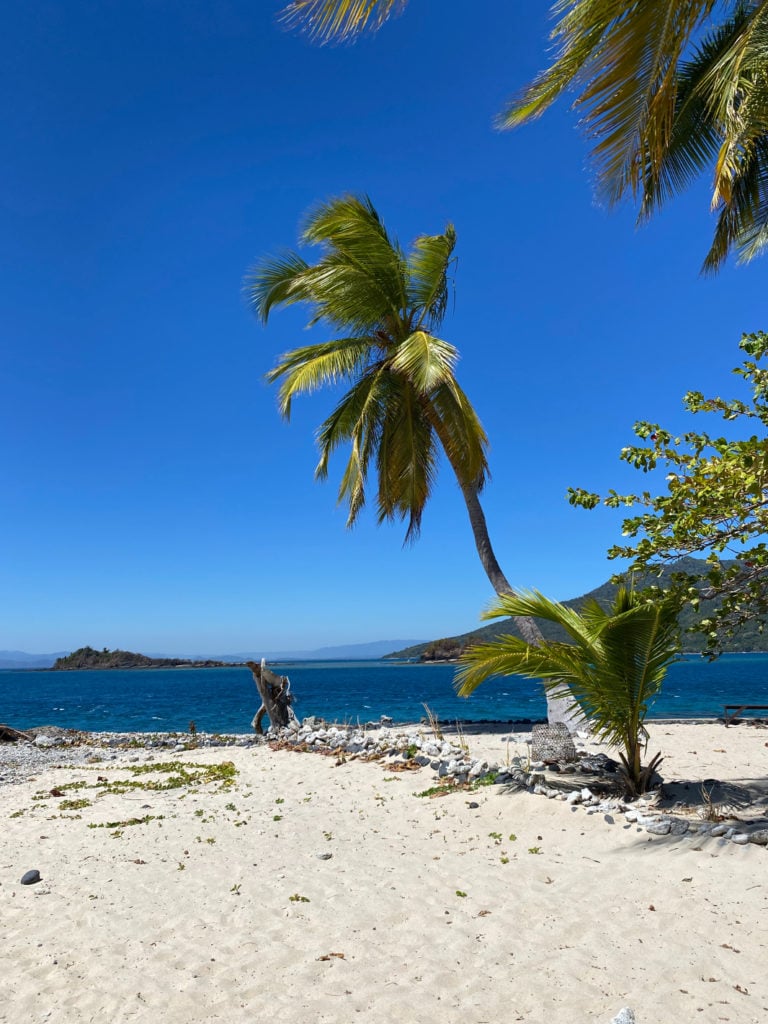
Nosy Be is famous for its primaeval rainforests, stunning beaches, and of course the diversity of wildlife that exists on the island.
GVI’s Madagascar volunteer base was developed during the Covid pandemic. We started building from scratch, transforming a grassy hillside into a small cluster of buildings now home to our volunteers and interns.
Our base has been built with its own unique style, embracing the natural setting. It’s designed in the style of local housing. Picture breezy buildings with thatched roofs.
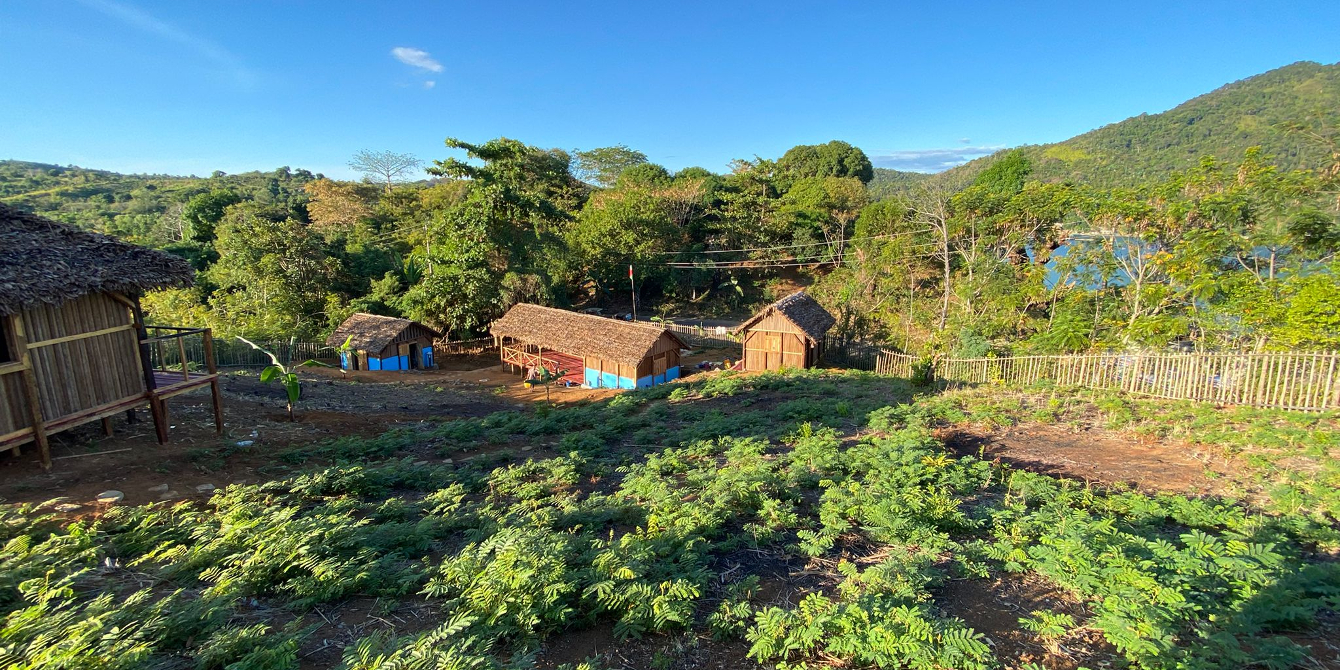
Solar panels provide energy while fruit trees are planted around the base, and you can even catch glimpses of the water.
Madagascar is famously home to approximately 5% of the world’s biodiversity. The area surrounding the base features habitats for a dazzling array of creatures.
Within the space of a few weeks, the team spotted incredible species. Sightings have ranged from black lemurs to brown mantellas – a type of frog – tiny minute leaf chameleons, panther chameleons, and impressive Malagasy tree boas.
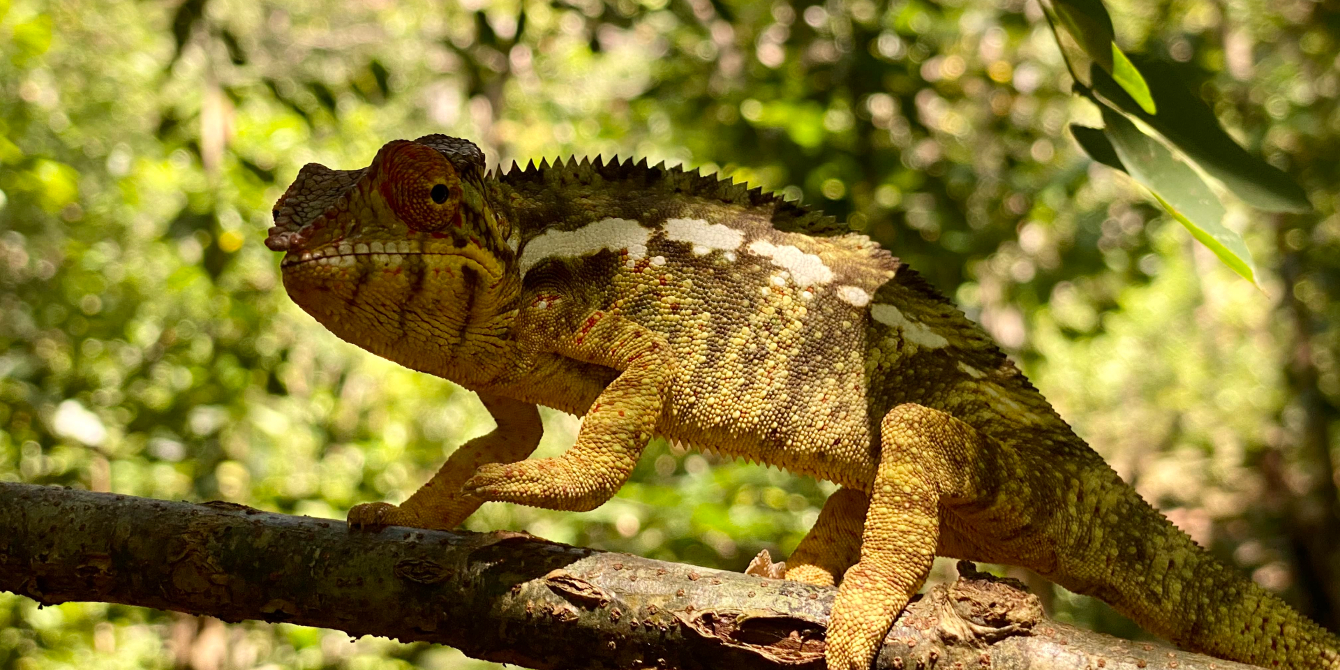
Volunteers and interns are already helping to undertake surveys of lemurs and other forest species such as frogs and chameleons. These biodiversity surveys – which are carried out by trekking through the jungle both day and night – are supporting our understanding of the impact of the last 30 years on the species that live in the reserve. Frequent surveys mean a clearer picture of what’s going on with rare species, including the Nosy Be Mouse Lemur, one of the smallest primates on the planet, and the Hawks Sportive Lemur, which is found only in the Lokobe Reserve.
The data volunteers are collecting helps shed light on their population numbers, food sources, and other behavioural patterns. Find out more

More than 80% of the flora and fauna found in Madagascar are endemic to the island, making the resident wildlife very precious. However, deforestation, hunting, and the illegal trade in wildlife all threaten various species. For example, the Nosy Be panther chameleon is exploited by the illegal pet trade as a result of its colouring.
A wildlife conservation project is giving people who choose to volunteer in Madagascar the chance to protect wildlife by taking part in wide-scale biodiversity surveying. Currently, volunteers are helping with reptile and bird surveys, with more species to be gradually added to the list. The tracking, census, and surveying work is essential for better understanding the sole remaining rainforest on the island.
In this program, volunteers are also learning more about illegal logging and getting involved in indigenous plant nurseries to help regrow impacted parts of the forest.
Malagasy people are keen to develop ecotourism opportunities, and English skills are one tool that will help them achieve this goal. Volunteer Madagascar projects are helping local teachers prepare language resources for primary school students, and providing free English classes to the wider community.
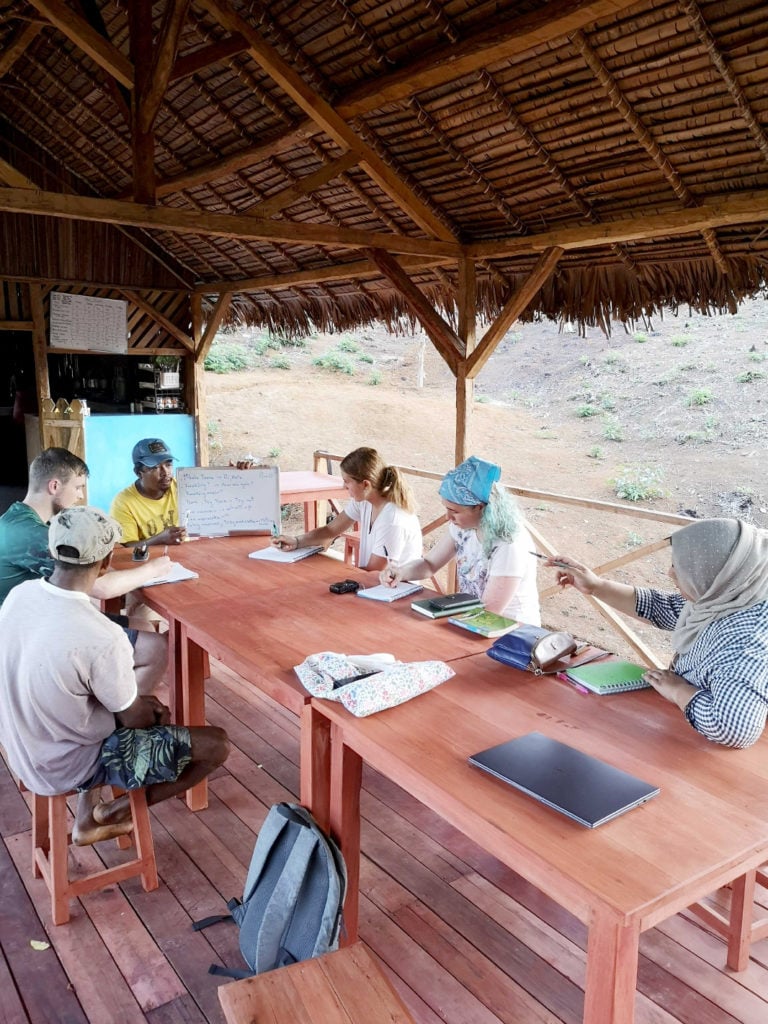
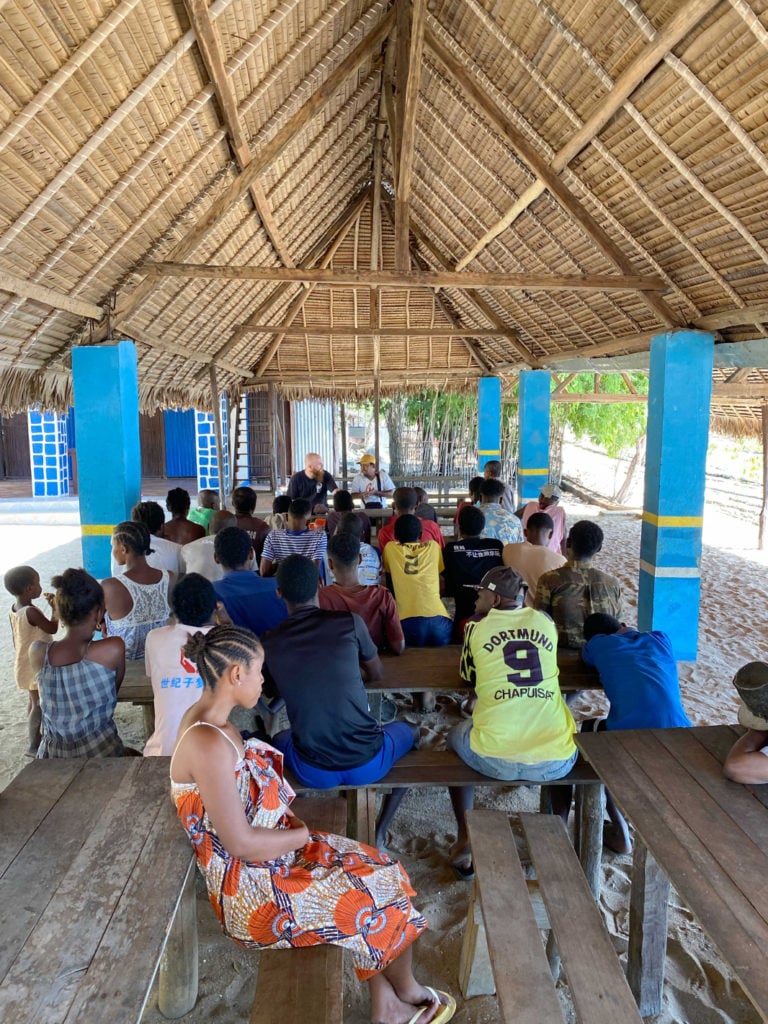
Volunteers receive training on lesson planning and guidance on classroom management.
Teaching interns are assisting local primary school teachers during the day and providing conversational English classes to Lokobe park rangers during the evening. Working with different learners in different environments means our interns are gaining a variety of teaching skills and diverse experiences.
Between assisting established teachers, leading group classes, and giving one-on-one tutoring, this internship provides the perfect opportunity to establish a teaching career.
Our new volunteer Madagascar base has created an exciting new opportunity – the chance to get a work placement that will kick-start a career in nature conservation.
This six-month Madagascar volunteer program will give participants three months to develop a comprehensive skill set in the area of wildlife conservation, and then the chance to work in the field as a GVI staff member for a further three months. This is the ultimate way to be immersed in Malagasy culture for the longer term while starting a career in an exciting and impactful field.
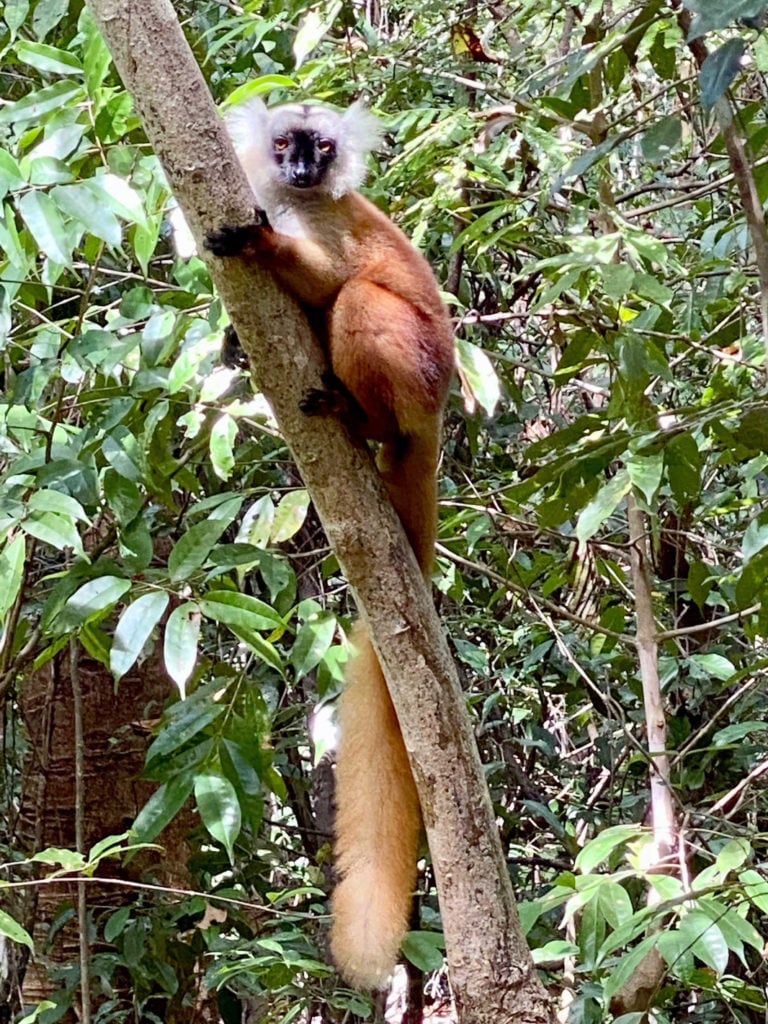
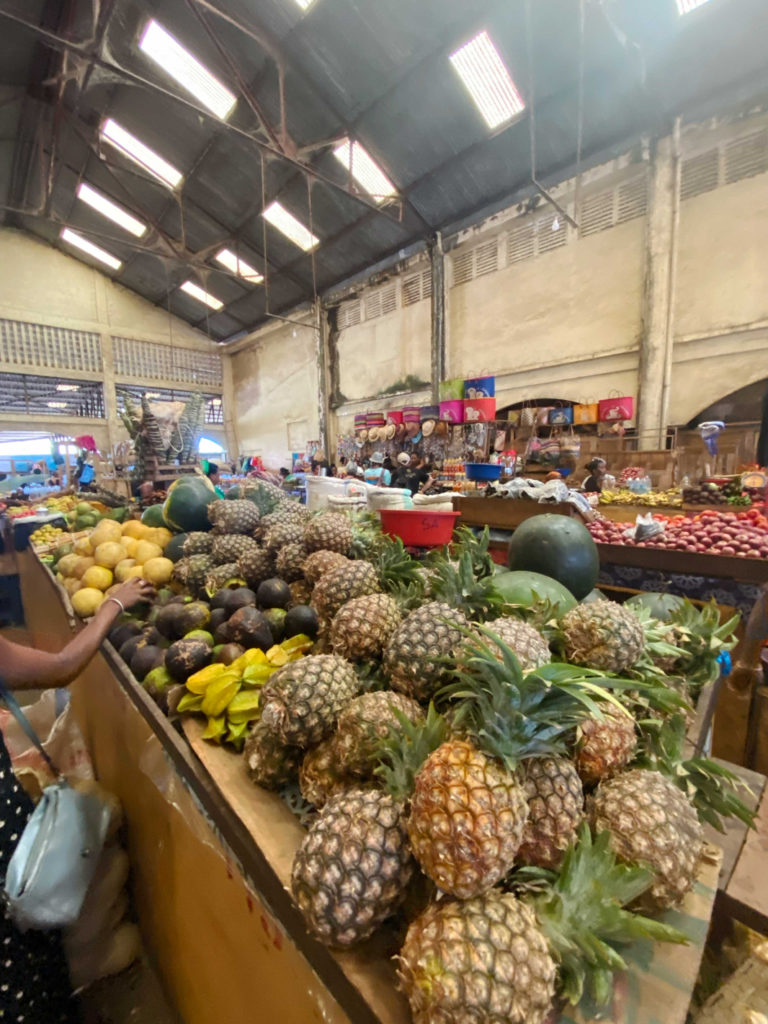
When volunteers and interns aren’t busy with their programs of choice, they are filling up their free time with activities. There is always something to do! There are options like going snorkelling with whale sharks or giant turtles. Or, going deeper under the sea with a scuba-diving trip. The neighbouring islands make for great day trip destinations and craft markets are the ideal place to shop for souvenirs while chatting with local craftspeople and learning more about Malagasy handicrafts.
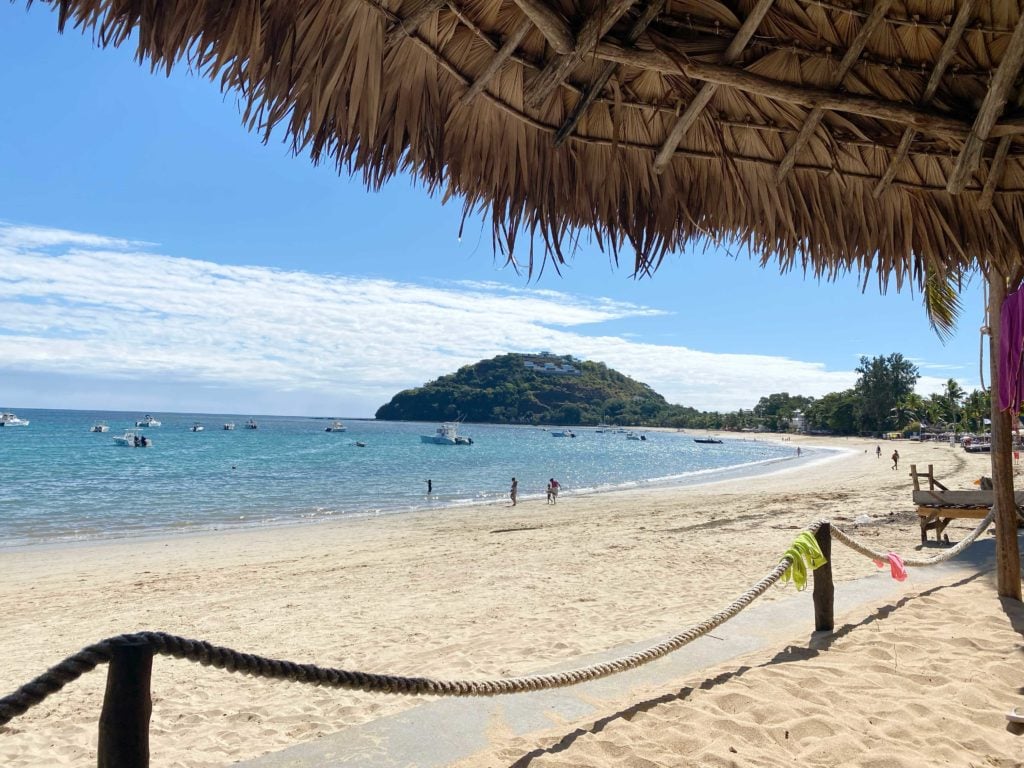
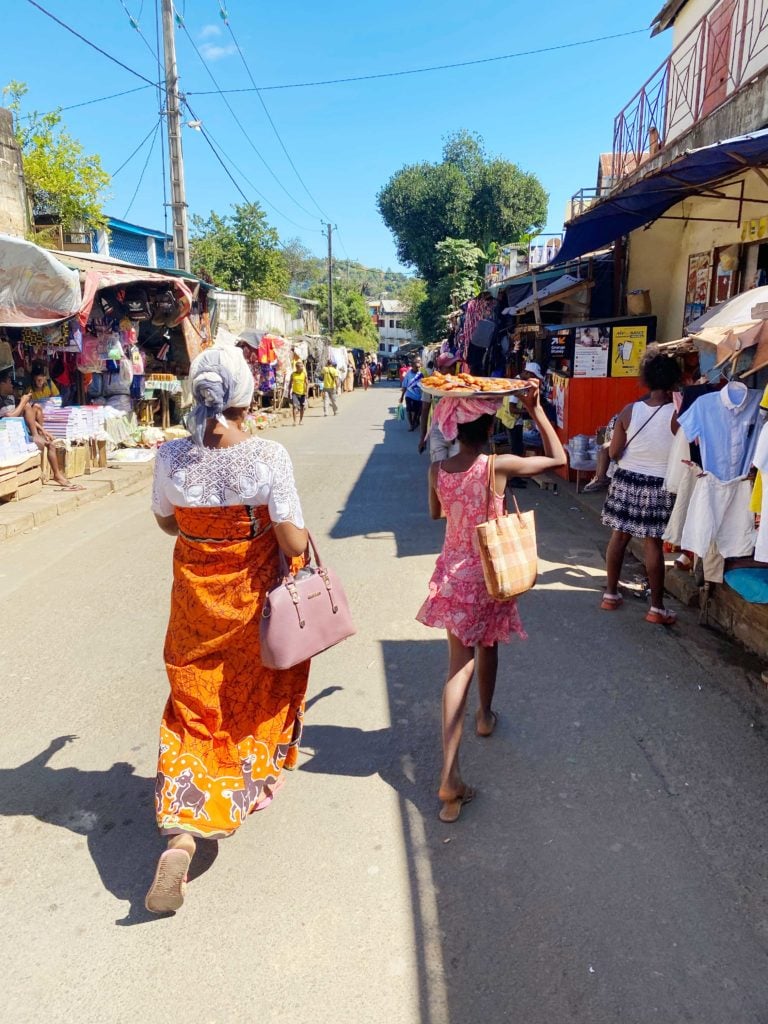
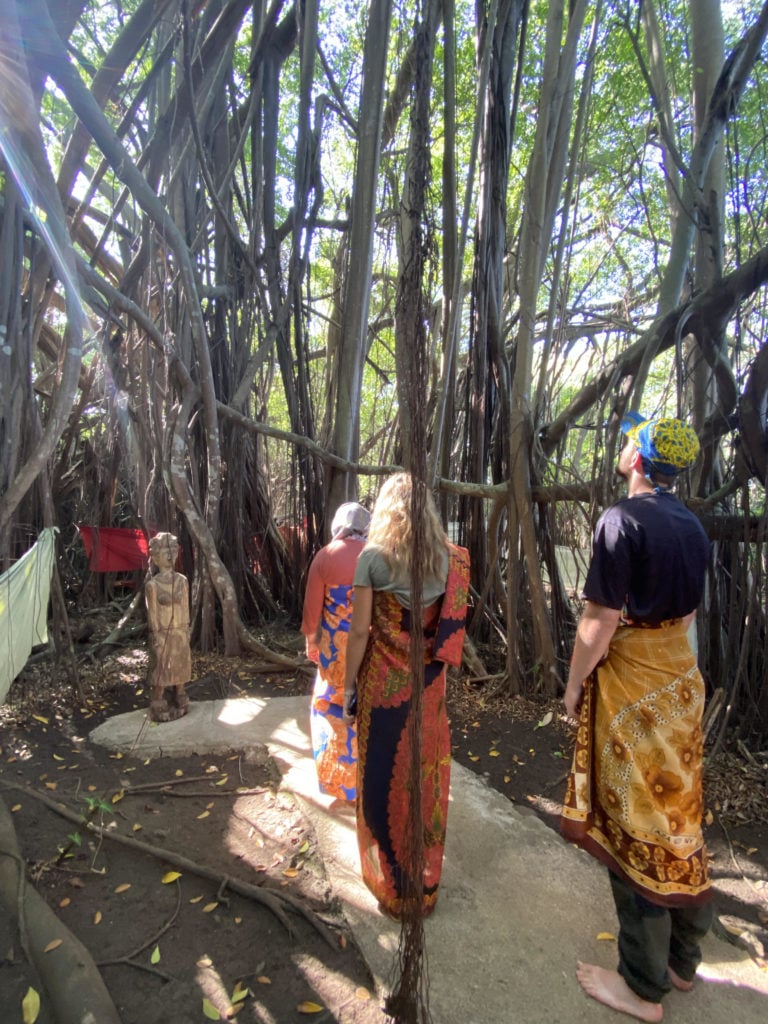
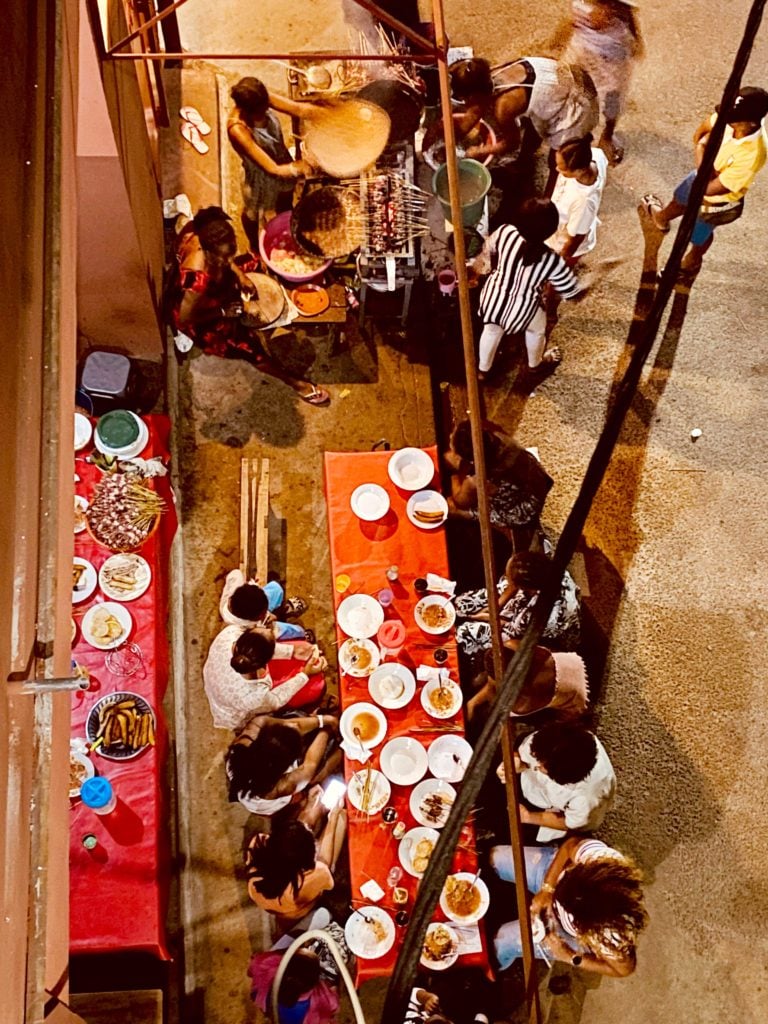
Of course, if this sounds like too much, there is always the option to just relax on the beach. Or, in the evenings, grab a cold beer and watch the sunset from near the water.
Ready to volunteer in Madagascar? Check out the Madagascar volunteer and internship opportunities GVI offers in Nosy Be today.
Photography: Padraig O’Grady, Program Manager GVI Madagascar.
By Petrina Darrah
Discover the importance of gender equality in development. Learn how to support women's empowerment through volunteering with GVI. Read more now.
Petrina Darrah
Posted: May 13, 2023